-
 Bitcoin
Bitcoin $114500
-0.31% -
 Ethereum
Ethereum $3648
1.11% -
 XRP
XRP $3.033
-0.27% -
 Tether USDt
Tether USDt $0.9999
-0.01% -
 BNB
BNB $758.5
-0.32% -
 Solana
Solana $167.5
1.48% -
 USDC
USDC $0.9998
-0.02% -
 TRON
TRON $0.3331
0.74% -
 Dogecoin
Dogecoin $0.2039
0.25% -
 Cardano
Cardano $0.7419
-0.46% -
 Hyperliquid
Hyperliquid $39.21
2.66% -
 Stellar
Stellar $0.4049
-1.95% -
 Sui
Sui $3.483
-0.56% -
 Bitcoin Cash
Bitcoin Cash $570.8
2.89% -
 Chainlink
Chainlink $16.67
-0.57% -
 Hedera
Hedera $0.2470
-1.57% -
 Ethena USDe
Ethena USDe $1.001
0.00% -
 Avalanche
Avalanche $22.36
1.52% -
 Litecoin
Litecoin $123.4
4.35% -
 UNUS SED LEO
UNUS SED LEO $8.989
0.09% -
 Toncoin
Toncoin $3.324
-2.40% -
 Shiba Inu
Shiba Inu $0.00001219
-1.30% -
 Uniswap
Uniswap $9.811
2.54% -
 Polkadot
Polkadot $3.662
-0.07% -
 Monero
Monero $295.5
-3.85% -
 Dai
Dai $1.000
0.01% -
 Bitget Token
Bitget Token $4.345
0.24% -
 Cronos
Cronos $0.1380
0.95% -
 Pepe
Pepe $0.00001044
-1.14% -
 Ethena
Ethena $0.5981
-4.24%
How to sell XLM coins? What are the methods of selling XLM coins?
To sell XLM coins, determine the platform, create an account, deposit XLM, access the trading interface, configure the sell order, place it, monitor the transaction, and withdraw funds or explore additional methods like OTC trading.
Oct 05, 2024 at 10:05 am
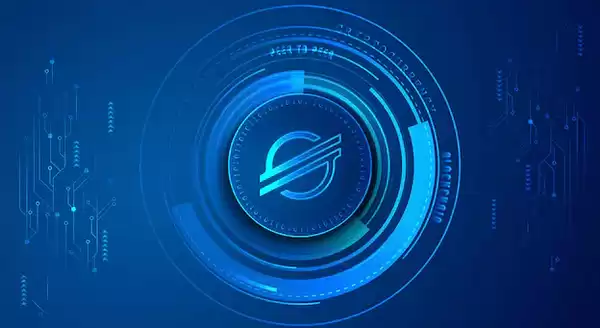
How to Sell XLM Coins: A Comprehensive Guide
1. Determine the Platform:
- Identify cryptocurrency exchanges that support XLM trading, such as Binance, Coinbase, or Kraken.
- Consider the fees, security measures, and trading volume of each platform.
2. Create an Account:
- Register on the chosen exchange by providing personal information, identity verification, and a unique password.
- Follow the exchange's guidelines for setting up two-factor authentication (2FA).
3. Deposit XLM:
- Transfer your XLM tokens to the address provided by the exchange.
- Use the correct network (e.g., Stellar Lumens Network) to avoid delays or complications.
4. Access the Trading Interface:
- Locate the XLM trading pair, such as XLM/BTC or XLM/USD, on the exchange's trading platform.
- Choose the "Sell" option.
5. Configure the Sell Order:
- Determine whether you want to market sell or limit sell your XLM.
- Enter the amount of XLM you wish to sell.
- Set the desired price or accept the current market price.
6. Place the Sell Order:
- Double-check the order details, including the quantity, price, and trading pair.
- Click "Sell XLM" to execute the transaction.
7. Monitor the Transaction:
- After placing the order, track its status in the order history or open orders section.
- Once the order is filled, you will receive the proceeds from the sale in your exchange account.
8. Withdraw Funds:
- After selling your XLM, you can withdraw the funds to a personal bank account or external wallet.
- Follow the exchange's instructions for withdrawal procedures, including providing any necessary payment information.
Additional Methods of Selling XLM Coins:
- Over-the-Counter (OTC) Trading: Connect with individuals or brokers directly to facilitate large XLM sales outside of exchanges.
- Third-Party Services: Utilize platforms like Changelly or SimpleSwap to exchange XLM for other cryptocurrencies or fiat currencies.
- Physical Exchange: In certain countries, physical exchanges allow individuals to buy and sell cryptocurrencies in person, including XLM.
Disclaimer:info@kdj.com
The information provided is not trading advice. kdj.com does not assume any responsibility for any investments made based on the information provided in this article. Cryptocurrencies are highly volatile and it is highly recommended that you invest with caution after thorough research!
If you believe that the content used on this website infringes your copyright, please contact us immediately (info@kdj.com) and we will delete it promptly.
- Altcoin Alert: Is Punisher Coin the Presale to Pounce On?
- 2025-08-06 06:50:11
- XRP Price, Bitwise, and the 2030 Forecast: Will XRP Hit the Big Time?
- 2025-08-06 06:50:11
- Ruvi AI: The AI Token Primed for CMC Listing and Explosive Growth
- 2025-08-06 06:30:13
- Sushi's Sizzling Summer: AMA on August 6th & Market Moves!
- 2025-08-06 06:30:13
- Akash Network, NVIDIA Blackwell, and Decentralized AI: A New Era?
- 2025-08-06 06:35:11
- Metamask, Altcoins, and the Move: Is Cold Wallet the Future?
- 2025-08-06 04:30:12
Related knowledge
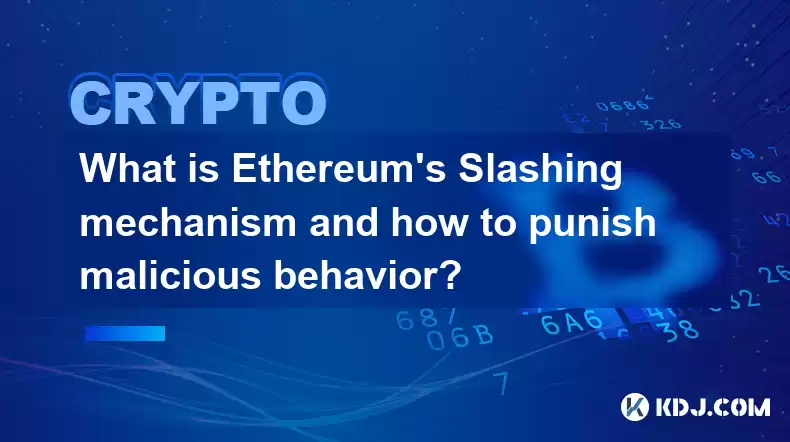
What is Ethereum’s Slashing mechanism and how to punish malicious behavior?
Feb 20,2025 at 03:08am
Key PointsOverview of slashingDifferent types of slashing in EthereumIncentives and consequences of slashingIdentifying and reporting slashed validato...
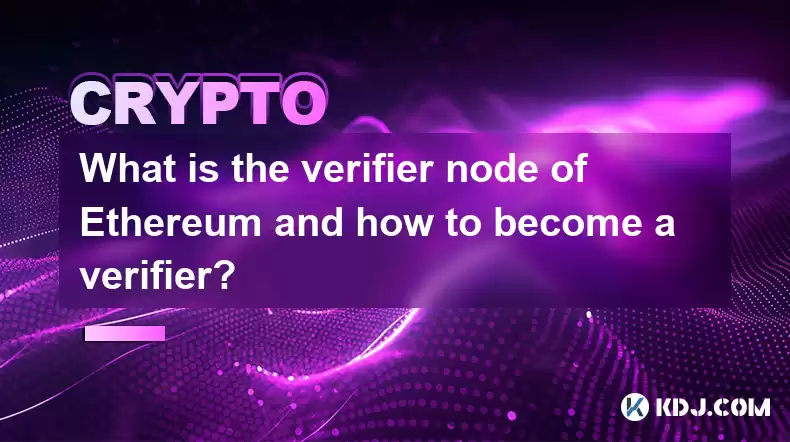
What is the verifier node of Ethereum and how to become a verifier?
Feb 19,2025 at 06:00pm
The Verifier Node of Ethereum: A Comprehensive GuideKey Points:What is a Verifier Node?How to Become a Verifier NodeResponsibilities and Rewards of a ...
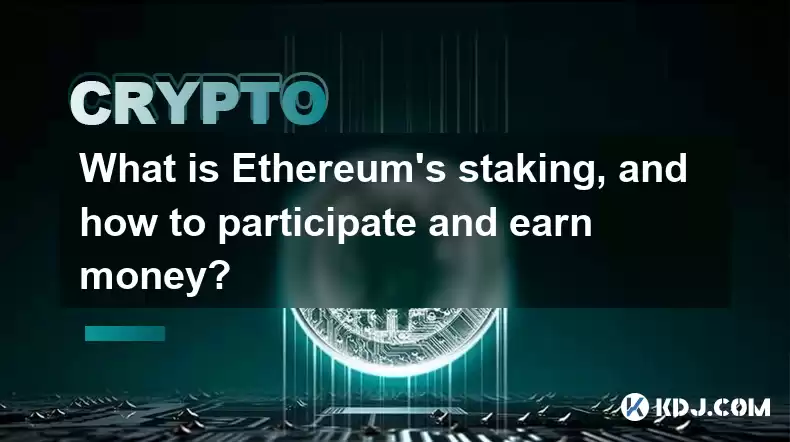
What is Ethereum’s staking, and how to participate and earn money?
Feb 19,2025 at 04:37pm
Key Points:Understanding Ethereum's Staking MechanismSteps to Participate in StakingBenefits and Rewards of StakingSecurity and Risk ConsiderationsTec...
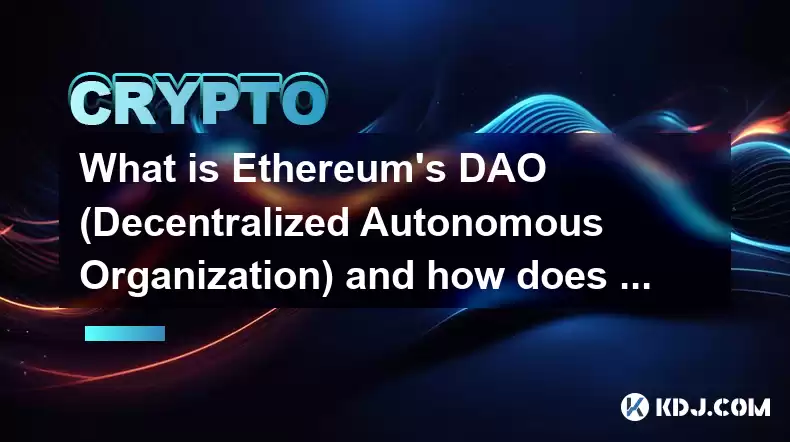
What is Ethereum’s DAO (Decentralized Autonomous Organization) and how does it work?
Feb 20,2025 at 03:12am
Key PointsDefinition and Structure of a DAOGovernance and Decision-Making in DAOsBenefits and Use Cases of DAOsChallenges and Limitations of DAOsWhat ...
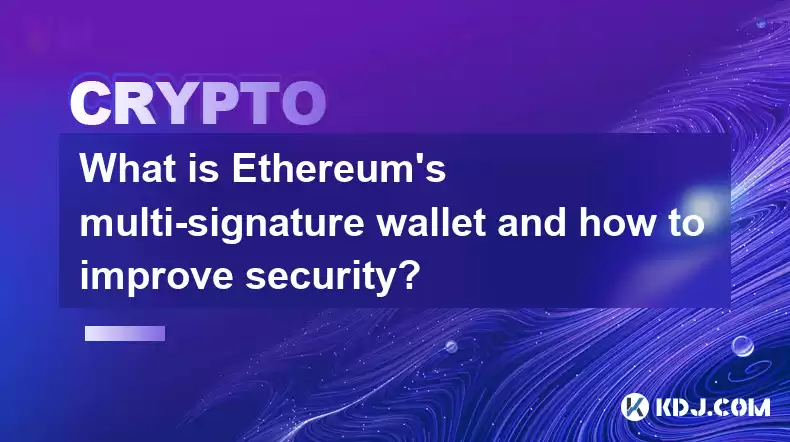
What is Ethereum's multi-signature wallet and how to improve security?
Feb 20,2025 at 02:18pm
Key Points:Understanding the Concept of a Multi-Signature WalletBenefits and Drawbacks of Multisig WalletsRequirements for Setting Up a Multisig Walle...
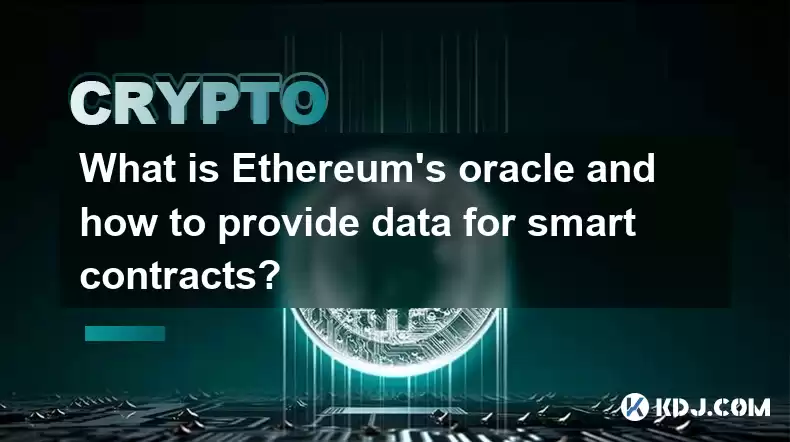
What is Ethereum's oracle and how to provide data for smart contracts?
Feb 21,2025 at 01:30am
Key Points:Understanding the concept of oracles in EthereumExploring different types of oraclesDetailed guide on how to provide data for smart contrac...

What is Ethereum’s Slashing mechanism and how to punish malicious behavior?
Feb 20,2025 at 03:08am
Key PointsOverview of slashingDifferent types of slashing in EthereumIncentives and consequences of slashingIdentifying and reporting slashed validato...

What is the verifier node of Ethereum and how to become a verifier?
Feb 19,2025 at 06:00pm
The Verifier Node of Ethereum: A Comprehensive GuideKey Points:What is a Verifier Node?How to Become a Verifier NodeResponsibilities and Rewards of a ...

What is Ethereum’s staking, and how to participate and earn money?
Feb 19,2025 at 04:37pm
Key Points:Understanding Ethereum's Staking MechanismSteps to Participate in StakingBenefits and Rewards of StakingSecurity and Risk ConsiderationsTec...

What is Ethereum’s DAO (Decentralized Autonomous Organization) and how does it work?
Feb 20,2025 at 03:12am
Key PointsDefinition and Structure of a DAOGovernance and Decision-Making in DAOsBenefits and Use Cases of DAOsChallenges and Limitations of DAOsWhat ...

What is Ethereum's multi-signature wallet and how to improve security?
Feb 20,2025 at 02:18pm
Key Points:Understanding the Concept of a Multi-Signature WalletBenefits and Drawbacks of Multisig WalletsRequirements for Setting Up a Multisig Walle...

What is Ethereum's oracle and how to provide data for smart contracts?
Feb 21,2025 at 01:30am
Key Points:Understanding the concept of oracles in EthereumExploring different types of oraclesDetailed guide on how to provide data for smart contrac...
See all articles

























































































